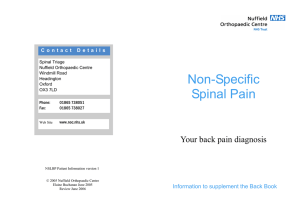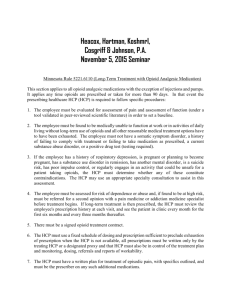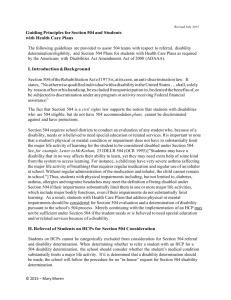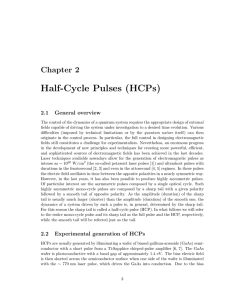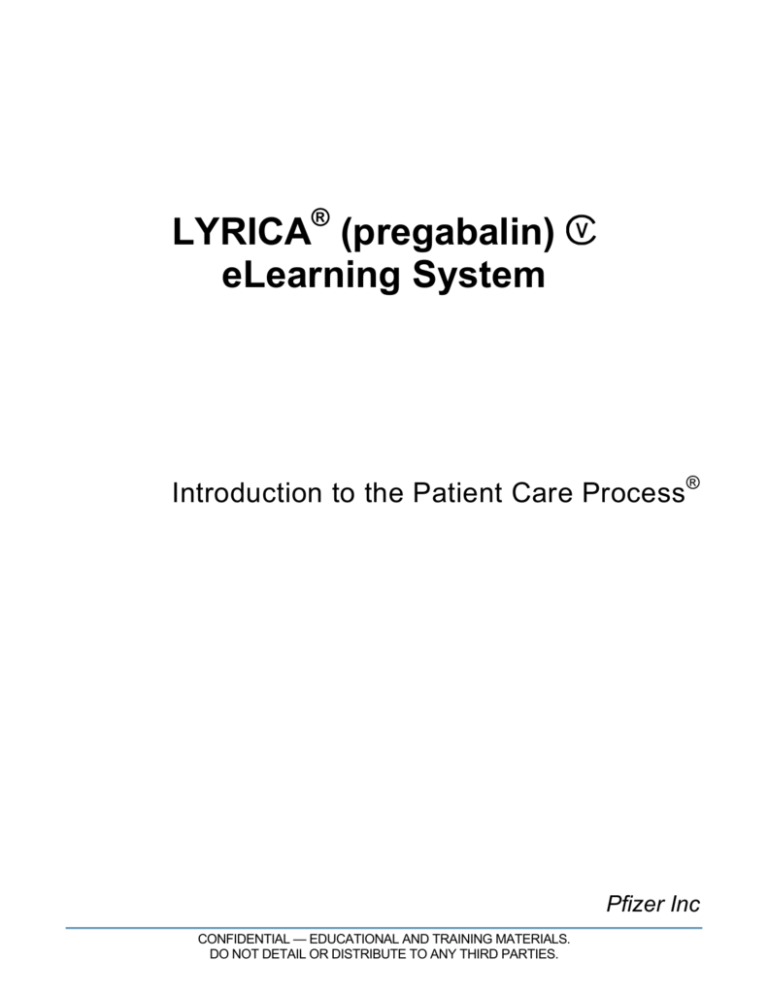
LYRICA® (pregabalin)
eLearning System
Introduction to the Patient Care Process®
Pfizer Inc
CONFIDENTIAL — EDUCATIONAL AND TRAINING MATERIALS.
DO NOT DETAIL OR DISTRIBUTE TO ANY THIRD PARTIES.
Copyright © 2009 Pfizer Inc, with respect to proprietary product- and marketspecific information.
Copyright © 2009 Whole Systems, with respect to all instructional design and
formats.
All rights reserved. Printed in the U.S.A. (7/09)
No part of this work may be reproduced or transmitted in any form or by any
means, electronic or mechanical, including photocopying and recording, or by
any information storage and retrieval system without permission in writing from
the publisher.
TN130X09
CONFIDENTIAL — EDUCATIONAL AND TRAINING MATERIALS.
DO NOT DETAIL OR DISTRIBUTE TO ANY THIRD PARTIES.
Introduction to the Patient Care Process®
The information contained in this training module is for your educational purposes
only. This training piece is designed to provide you with information you need on
the product, the disease, and the competitive environment. It is not to be used in
detailing or distributed to any third parties.
The Patient Care Process® describes the iterative cycle that healthcare
professionals (HCPs) follow to diagnose, treat, and manage patients (see the figure
below).
This cycle applies to all patients — new patients
making their first visit to the HCP as well as
patients who are currently being treated. The
Patient Care Process® provides a framework for
understanding what matters to physicians at each
step in the process. The HCP Perspective is in
the middle, because it is the basis for
understanding the differences in how each
physician applies the Patient Care Process®.
A brief definition of each step follows.
Patient Presentation — The patient must
describe some symptoms (eg, burning in the
chest), while other symptoms can be observed by
the HCP (eg, a rash or swelling). As a result, this step may be very straightforward,
or it can be very challenging.
®
The Patient Care Process
Hypotheses — As soon as experienced HCPs observe or hear about a symptom,
they start to form hypotheses that are then tested and refined through the
subsequent steps of the Patient Care Process®. These hypotheses are formed
using a combination of qualitative and quantitative data from the HCP’s personal
experience, interaction with peers, clinical studies, journal publications, and/or
guidelines established by a local or national organization.
History and Physical Examination — After hypotheses are formed, the HCP
begins to test and refine them. At this point, most of the data being gathered is
qualitative. If the HCP has formed multiple hypotheses, he or she uses this step to
rule out as many hypotheses as possible (a differential diagnosis) before conducting
more quantitative tests. This step may involve asking more in-depth questions
about the patient’s family history, previous experience, and symptoms; in addition,
affected body systems are identified and, wherever possible, physically examined.
Introduction to the Patient Care Process®
CONFIDENTIAL — EDUCATIONAL AND TRAINING MATERIALS. DO NOT DETAIL OR DISTRIBUTE TO ANY THIRD PARTIES.
1
Diagnostic Tests — The primary purpose of ordering tests is to gather quantitative,
standardized evidence that will help rule out, confirm, or validate a hypothesis.
HCPs typically order tests based on accepted guidelines regarding which tests
should be ordered given a particular set of symptoms. If several hypotheses are still
valid after the history and physical examination step, multiple tests may be ordered
to rule out some of the suspected conditions and suggest others.
Interpret Results — Test results give the HCP quantitative data on which to base
the diagnosis. Accepted values, abnormal values, abnormal findings, or findings
that outline the stages of disease progression all provide evidence to raise the
HCP’s level of certainty in making a diagnostic decision. Often, test results are
inconclusive or unhelpful; in this case, the HCP may return to the history and
physical examination step or make a diagnosis based on his or her clinical
experience or on the advice of other HCPs.
Diagnosis — When the HCP’s level of certainty is high enough, based on his or her
clinical experience, patient information, test results, and peer advice, he or she
makes a diagnosis. The level of certainty required will vary depending on the
specialty, the particular HCP, and the patient’s condition.
Therapeutic Intervention — Therapy selection may be a qualitative or quantitative
decision, depending on the disease, the HCP’s level of certainty, and the HCP’s
diagnostic “style.” For some conditions, protocols and other types of guidelines have
been developed to suggest the best treatment approaches. Some therapy choices
are made based on these protocols or guidelines, but the physician often makes a
choice based on his or her judgment, the patient type, and patient values.
Evaluate Outcomes — Once a therapy selection is made, the criteria for evaluating
its success should be delineated. These criteria include factors such as length of
time to get the desired response, degree of impact on the symptom, presence and
severity of side effects, the patient’s quality of life, comparative expense, and patient
compliance, as well as the product’s safety.
Introduction to the Patient Care Process®
CONFIDENTIAL — EDUCATIONAL AND TRAINING MATERIALS. DO NOT DETAIL OR DISTRIBUTE TO ANY THIRD PARTIES.
2
Four patient cases will be presented throughout the modules to help reinforce the
learning material by allowing the representative to assume the role of the physician
as well as understand the perspective of the patient and other HCPs for each case:
Rodney, a 66-Year-Old Man
with Type 2 Diabetes and DPN
Jennifer, a 68-Year-Old Woman
with PHN
Amy, a 41-Year-Old Woman
with Fibromyalgia
Mark, a 41-Year-Old Man
with Epilepsy
At appropriate points in the modules, case segments corresponding to the different
phases of the Patient Care Process®, from Patient Presentation to Evaluate
Outcomes, will be presented. For each segment, the representative will have the
opportunity to answer questions about the cases based on material recently
presented in the modules.
Introduction to the Patient Care Process®
CONFIDENTIAL — EDUCATIONAL AND TRAINING MATERIALS. DO NOT DETAIL OR DISTRIBUTE TO ANY THIRD PARTIES.
3



